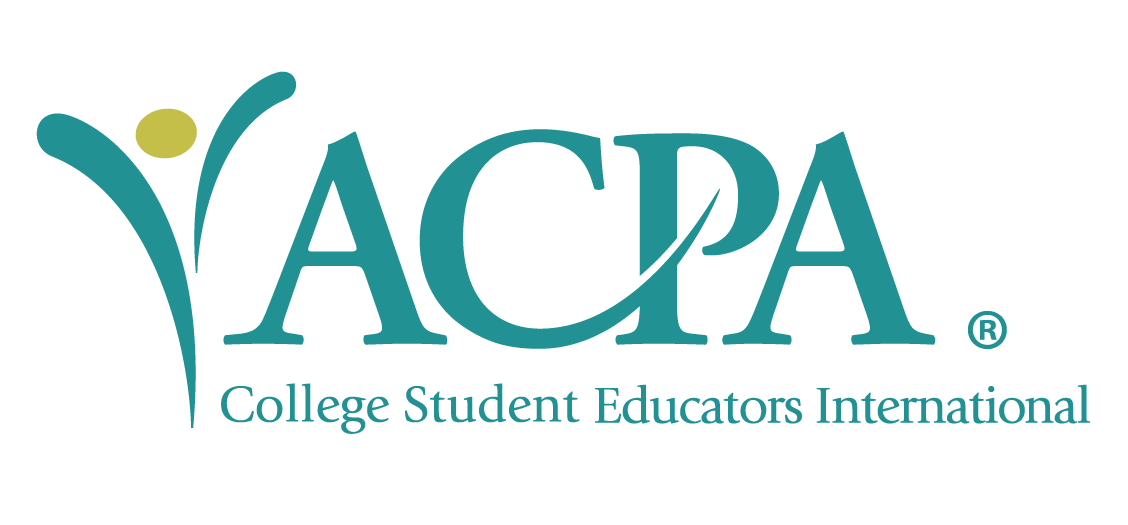by Kim Cleary (Community Engagement Program Manager, Montana State University) and Mark Dochterman (Assistant Vice Chancellor, University of Illinois – Springfield)
As Black History Month (BHM) comes toward its end, your mind and your work may be entering an evaluation mode. You are likely to be considering how you can plan future heritage months and awareness weeks that engage students in leadership development and provide them with concrete tools that they can carry into their post-college careers. I know that I am often thinking about, and seeking, new approaches to leadership development that work best for college students. Last month I had the pleasure of sitting down with the Diversity Center Staff at the University of Illinois Springfield (UIS), to talk about the work they are doing with their student affairs curriculum – STAR Map. Specifically, we discussed how they are using a facilitation guide to implement an overall heritage month and awareness week planning process that is inclusive of student voices and intentionally supports student leadership development outcomes.
To set the stage – STAR Map was born out of a desire to amplify student voices while also creating processes that develop concrete skills. The UIS Diversity Center has applied this idea to the actual planning of BHM as well as other heritage and awareness programming at UIS. The method helps to keep students engaged through a simple and thoughtfully laid out meeting timeline tied to specific Star Map learning outcomes. In the months leading up BHM, there are four meetings that build on one another and allow students to “level-up” in their leadership and event planning competencies with the goal of giving them transferable skills.
- Meeting 1: The bulk of this meeting is spent breaking the ice, brainstorming, reviewing the previous iterations of BHM, considering what worked or didn’t work, and talking about the intended outcomes of this year’s BHM.
- Meeting 2: During this meeting the group discusses the big ideas, themes, logos, event ideas, and creates a 10,000-foot view of what BHM will look like. After this meeting, students and campus partners are encouraged to submit program proposals.
- Meeting 3: At this meeting, program proposals are presented by students who have ideas for events, and students vote on the proposals they wish to pursue.
- Meeting 4: This is the only meeting that is actually focused on the implementation of the programs themselves.
When written out in its basic form like this, the process may feel like something you have seen before in student affairs. However, these meetings, and the work done between each meeting, are intentionally designed to encourage students to participate in the process at the edge of their individual comfort zones. A student that didn’t speak during the first meeting may intentionally be pulled into an opportunity to do so during the processing portion that concludes that meeting. A second-year student that has an idea for an event will be guided through the process of proposing and advocating for that event in the third meeting. A student that has participated in in BHM at a high level over the past two years may be engaged in supporting first-year student participation in the planning process or even fully leading a meeting. In this way, the Diversity Center leans into the ad hoc nature of the group and demonstrates a “the people that are here are the right people” approach to leadership.
This process has been developed over time with student buy-in, to build a culture around authentic student leadership. In 2023, BHM at UIS brought together students and campus partners to host 24 events in 28 days – more than 15 of which were fully student run. Students were provided guidance and clear instructions on what they needed to work through in order to plan and execute a successful event, but they were also clearly instructed on what skills they were practicing and developing during the process.
This method empowers students to take ownership over not just their programs, but their own leadership development as well as the identity of BHM at UIS. It has become known that anyone on that participates in these meetings will take the skills they learned with them beyond BHM.
There is obviously a significant need for guidance from staff, but with the STAR Map, students are in the driver’s seat when it comes to program content. They are learning how to plan and implement programs from start to finish, how to collaborate with their peers and other stakeholders across campus, and are aware of exactly how they are growing into leaders in the process.

